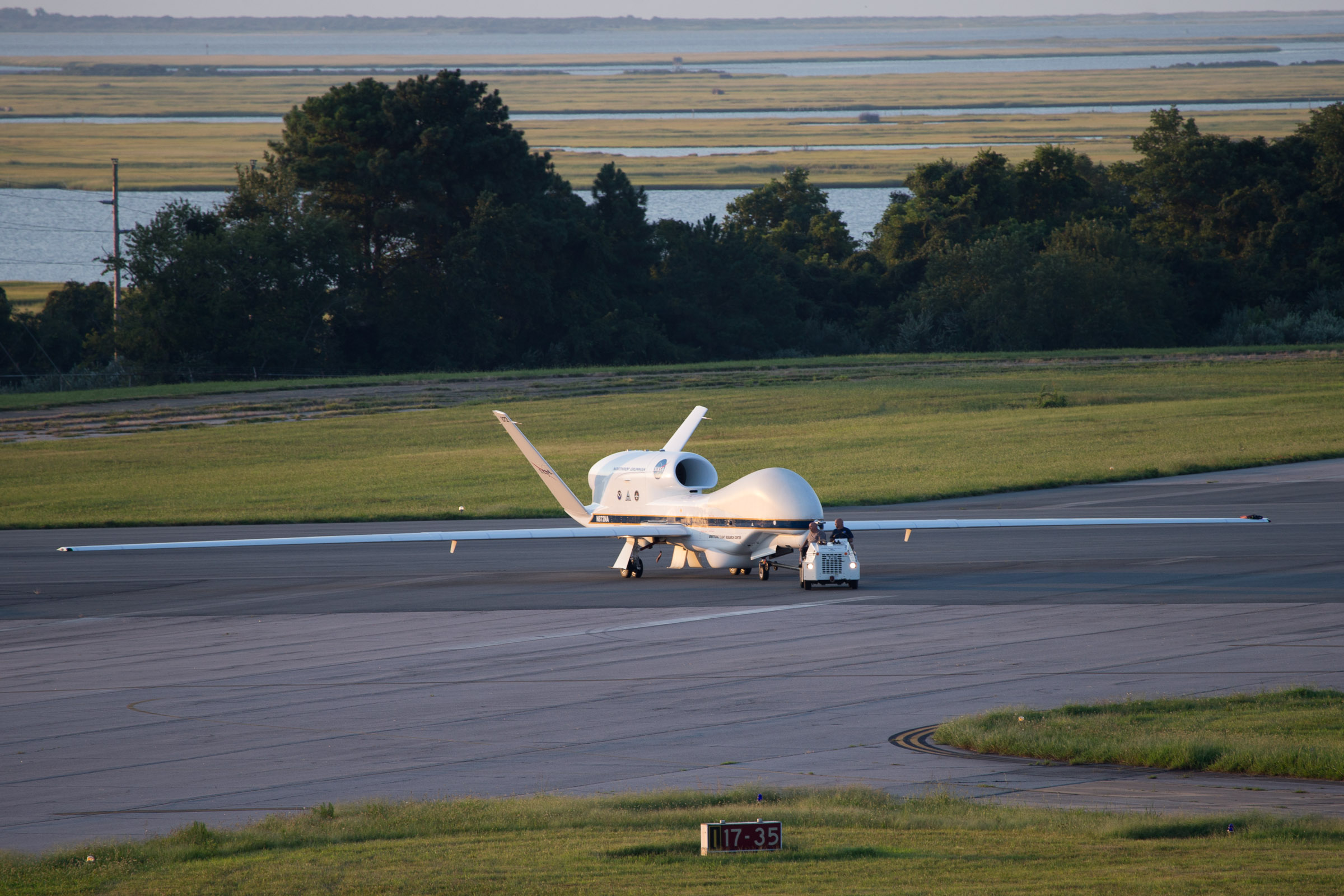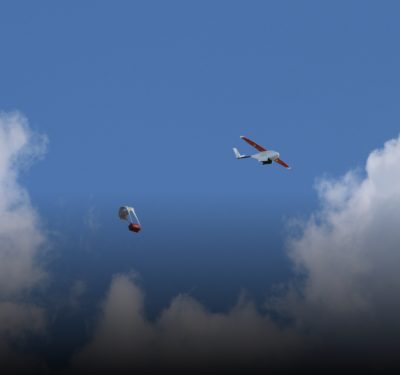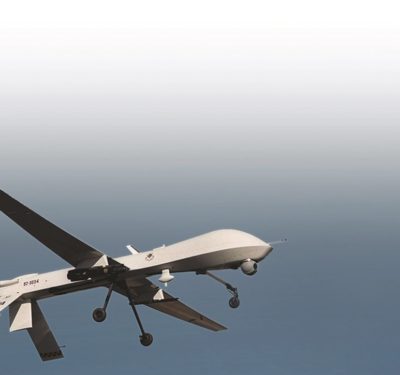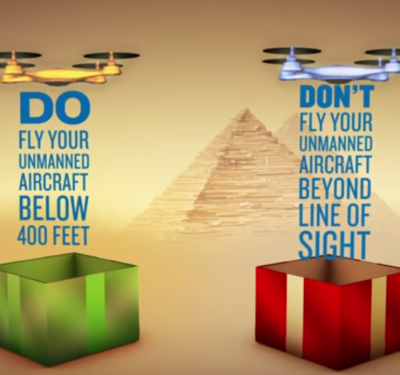
NASA
On August 22, the Global Hawk arrived at NASA’s Wallops Flight Facility in Virginia, where it is set to begin a mission designed to help improve hurricane forecasting.
Through Sensing Hazards with Operational Unmanned Technology, or SHOUT, the Global Hawk fill fly above hurricanes to collect data, according to the National Oceanic Atmospheric Administration, or NOAA, website. NOAA is leading the mission, which builds on earlier collaborative research led by NASA.
“We’re flying the Global Hawk above hurricanes and other severe storms to refine it as a new, powerful tool with the potential to contribute to better forecasts of where hurricanes go and how intense they are,” said Robbie Hood, director of NOAA’s Unmanned Aircraft System Program, according to the website. “The mission is part of NOAA’s work to improve our nation’s preparedness and resilience to hurricanes and other severe storms.”
The mission will continue until the end of September, according to the website. Pilots and scientists from NASA, NOAA and partners will direct a series of Global Hawk flights over the Atlantic Ocean basin. During these flights, the UAS will collect data on temperature, moisture, wind speed and direction. The real-time data will go into National Weather Service forecast models for use by the National Hurricane Center.
A variety of instruments designed to profile the inner workings of these storms will be flown on NASA’s Global Hawk, according to the website. Scientists will also test whether the data the Global Hawk collects can replace data collected by satellites.
NASA’s Armstrong Flight Research Center in California manages the Global Hawk. It can fly higher and longer than any manned aircraft, allowing data collection from 60,000 feet—20,000 feet higher than a manned aircraft. It can also collet data continuously for up to 24 hours.
SHOUT is funded in part by the Disaster Relief Appropriations Act of 2013, passed by Congress in the wake of Hurricane Sandy.
“The Global Hawk allows us to stay over these weather patterns a greater amount of time than manned aircraft,” said Gary Wick, NOAA’s lead scientist for the mission, according to the website. “It provides us with an observing tool that has the endurance of a satellite but provides finer resolution data and the precision of an aircraft.”
For more information on SHOUT and the instruments they’ll use to collect data, read NASA’s Global Hawk will Continue to Study Severe Weather this Hurricane Season.






